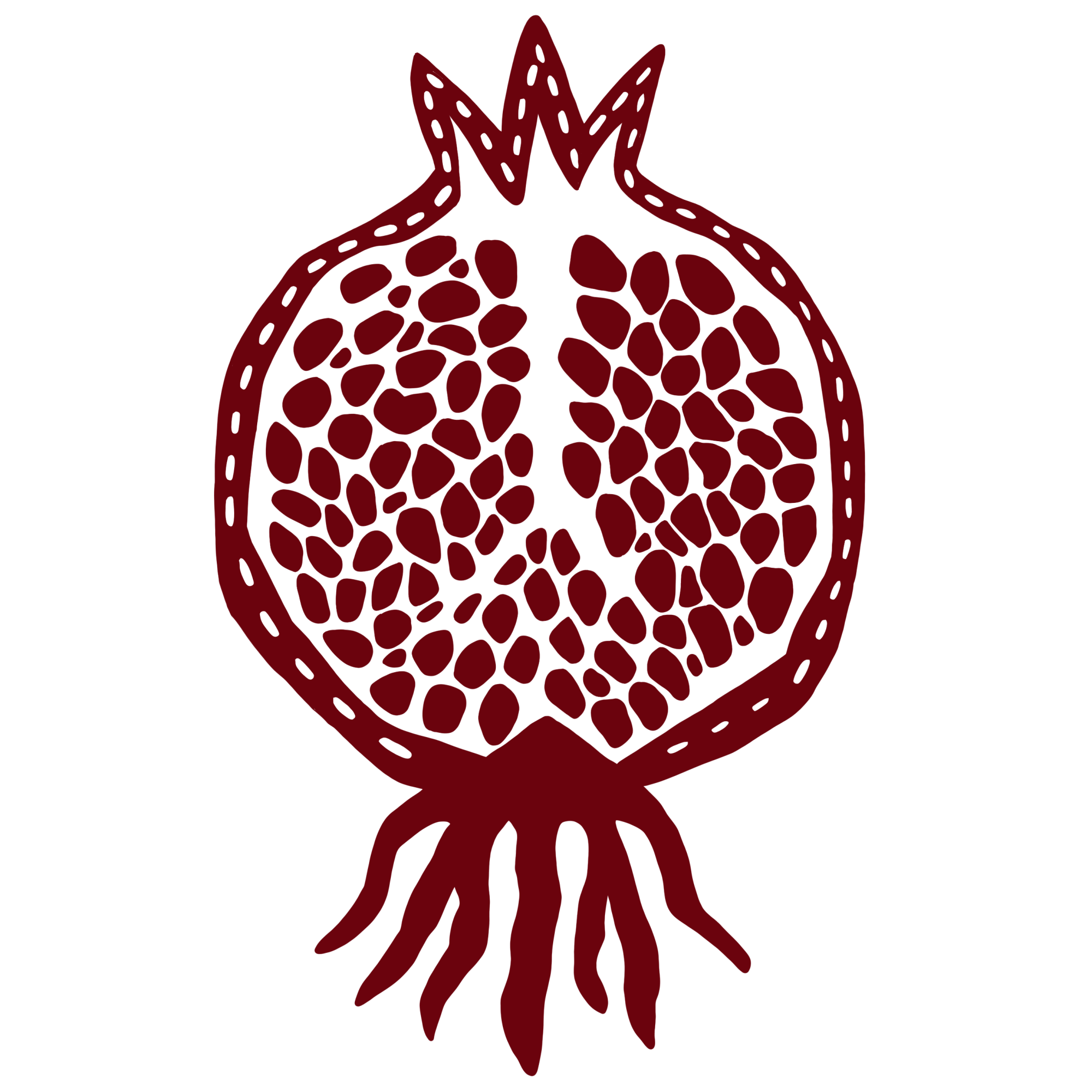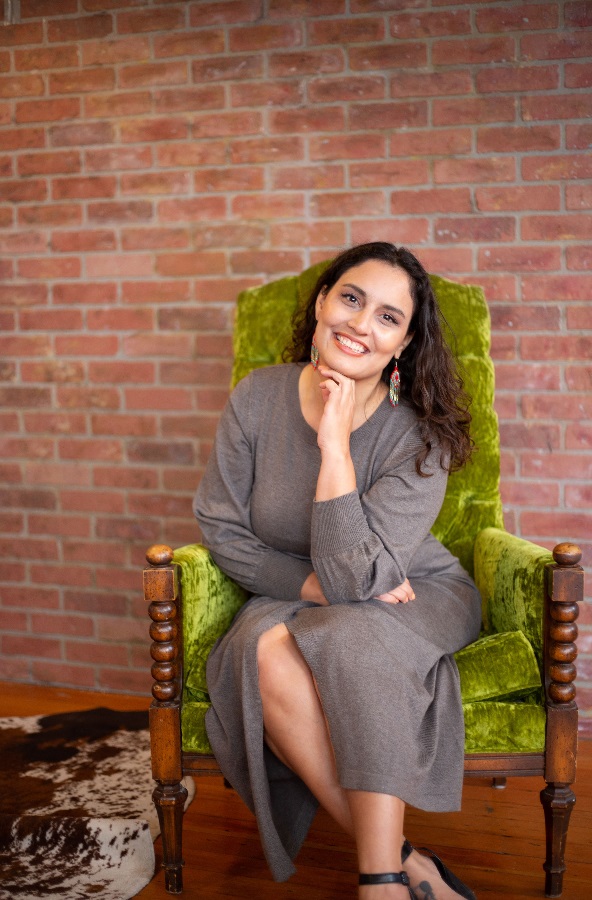Grief doesn’t just show up when someone dies. It also arrives quietly in life’s transitions, ruptures, and unmet needs. We grieve lost identities, childhoods we never had, relationships that never became what we hoped for, and dreams deferred by survival.
This kind of grief ambiguous, invisible, and often unspoken can be just as heavy. But because it doesn’t follow the scripts of "acceptable loss," it’s rarely named, let alone validated.
In therapy, we make space for all kinds of grief. The grief of becoming someone new. The grief of setting boundaries and losing connection. The grief of systems that failed us. The grief we inherited from our ancestors.
Naming grief is a powerful act. It says: this mattered. I matter. And it opens the door to ritual, to release, and to redefining our relationship with loss.
You deserve space to mourn not just who or what you lost, but also what you never received and deeply needed. Your grief is valid, and your healing is not measured by how quickly you move on, but how gently you return to yourself.
In many traditional therapy settings, neutrality is often treated as a professional standard. Therapists are taught to stay "objective," to avoid bringing politics or personal experience into the room. But here’s the truth: therapy is never neutral.
Every therapist brings their worldview, values, and lived experience into the space whether it’s acknowledged or not. And pretending otherwise can actually cause harm. When therapists don’t name power dynamics, social location, or systemic injustice, they risk invalidating the real-world struggles their clients face.
For queer, trans, BIPOC, and other marginalized clients, this kind of silence can feel like erasure. Healing spaces must be built on trust and trust grows when clients know their realities are not only seen but understood and honored.
Being values-based as a therapist means being transparent about what you stand for. It means explicitly affirming identities, challenging oppression, and creating space for collective liberation not just personal growth.
We hear a lot about the importance of rest but what if slowing down feels deeply uncomfortable? For many of us raised in survival mode or shaped by systems that reward hustle and hyper-independence, rest can actually feel unsafe.
Especially for those with marginalized identities, rest has often been denied, punished, or made inaccessible. BIPOC, neurodivergent, queer, and working-class communities are regularly forced to "earn" rest by pushing through burnout. And when we finally have the chance to pause, guilt rushes in.
This isn’t laziness or weakness, it’s trauma. Our nervous systems adapt to constant alertness and struggle. So when the body slows down, the mind may panic. "Shouldn’t I be doing something? Am I allowed to rest? Will I fall behind?"
Therapy can be a place to gently explore these questions. We work to understand where the guilt originated family messages, cultural norms, systemic pressures and begin to rewrite the narrative. Rest is not failure. It’s resistance. It’s a reclamation of our worth outside of productivity.
Healing means learning that rest is not selfish it’s survival. It’s a return to rhythm, to breath, and to being human. And you don’t need to wait until you’ve burned out to deserve it.
Therapy in Western models often focuses on the individual—on thoughts, behaviors, and personal goals. While that has value, it can also erase the collective, the ancestral, and the spiritual dimensions of healing.
What if therapy could feel like ceremony?
For many, especially those with Indigenous, African, or diasporic roots, healing has always been communal, embodied, and tied to the land. Therapy as ceremony invites us to reimagine the healing space as sacred—not clinical. It asks us to bring our ancestors, our stories, and our full selves into the room.
This approach might include body-based practices, ritual, storytelling, or acknowledging the land we’re on. It honors that healing doesn’t happen just in the mind—it happens in the nervous system, in relationship, in history.
Ceremonial therapy also invites us to listen—to our bodies, to our intuition, and to what’s beyond language. Silence becomes sacred. Grief becomes collective. Rest becomes resistance.
In my practice, I strive to hold space in this way—not as an expert, but as a guide walking with you. Together, we remember that therapy isn’t just about coping. It’s about returning—to ourselves, our ancestors, and the wisdom already living in us.
Because healing is not only a process. It is a practice. It is a prayer. It is a return.
In dominant Western culture, boundaries are often taught as rigid walls: "No means no," "Cut them off," or "Protect your peace at all costs." While protective strategies are sometimes necessary, this framework often leans into control and individualism rather than mutual care and relationship.
Decolonizing boundaries means shifting the conversation from control to connection. It means asking: How do we create boundaries that honor our needs and the humanity of others? How do we practice consent, communication, and collective safety, especially in relationships where harm has occurred?
In many Indigenous and communal cultures, boundaries are not only about the self—they’re about the village. The goal isn’t separation but balance. Boundaries, then, become about relational integrity, not emotional cutoff. They help us stay in connection without abandoning ourselves.
This approach requires nuance. Not all harm can be repaired in relationship. But when possible, boundaries can become bridges rather than walls—inviting clarity, conversation, and healing.
In the therapy room, we explore how your boundaries were shaped—by trauma, by survival, by culture. Then, we reimagine what boundaries rooted in values like interdependence, care, and equity might look like for you.
Decolonized boundaries say: I deserve care, and so do you. Let’s find a way to honor both.

